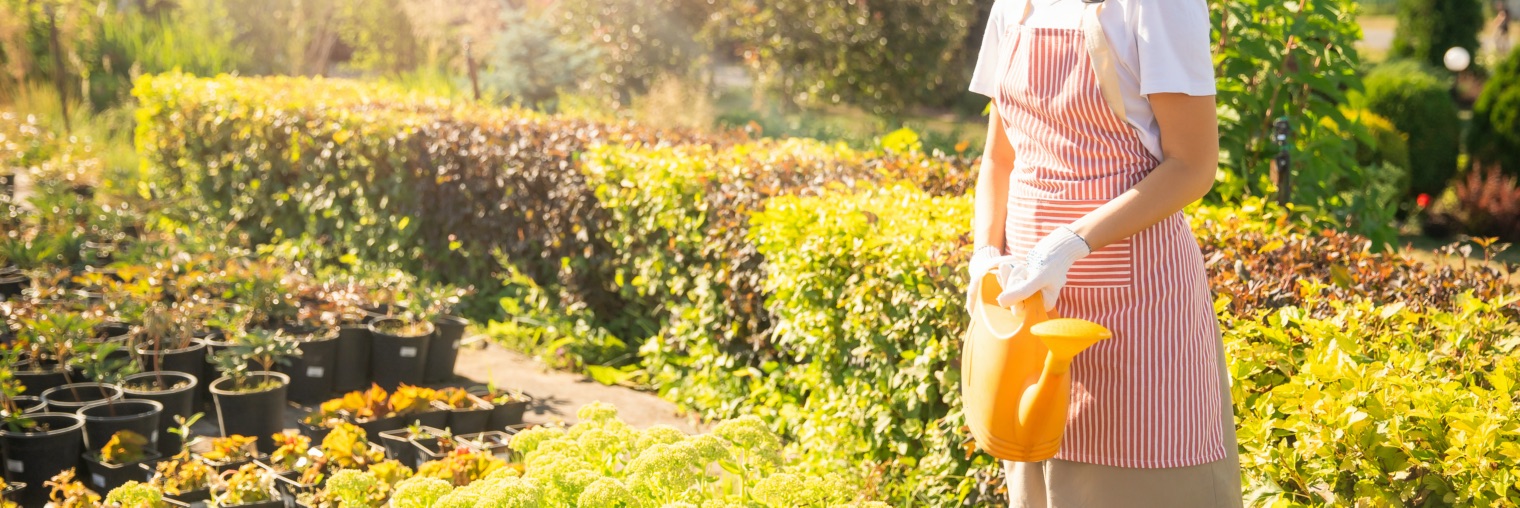Our hundreds of growing guides are each reviewed by RHS Master Horticulturists.
Our contributors include RHS Gold Medallists, estate gardeners, society members and more!
When you think of hedges in a garden context, it is likely that you picture orderly rows of plants that are trimmed and trained into boundaries for gardens.
But hedges do not need to be made up of a single plant species – they do not necessarily need to be neat and well-ordered rectangles of foliage.
Hedges come in many shapes and sizes, from an ordered evergreen hedge of box or privet, to wild and abundant hedgerows of native trees, shrubs and fruiting bushes. Many different trees and shrubs are ideal for creating hedges.
When choosing hedging plants, consider your overall garden design and the overall look and feel you are going for. In a formal or contemporary garden, neater and more orderly hedges may be desired – but if you like a more rustic, natural and organic feel, then a mixed hedgerow will often be the best option for you.
Acers / Arborvitae / Bamboo / Berberis / Box / Cotoneaster / Dogwood / Elder / Escallonia / Euonymus / Gooseberry / Hawthorn / Hazel / Hebe / Japanese Meadowsweet / Lavandula / Mahonia / Photinia ‘Red Robin’ / Pieris Forest Flame / Pieris Japonica / Potentilla / Pyrancantha / Rhododendron / Viburnum / Weigela / Yew
Before you source your hedge plants, you must prepare the area. Remove all weeds and any large rocks or other obstacles in the path of the intended hedge run, then dig over the soil and add a good amount of organic matter to increase the fertility of the soil and ensure its continued good health.
The best and cheapest way to establish a hedge is usually to buy whips. Whips are young, bare-root saplings/shrubs that can be purchased at a good garden centre or plant nursery or can often also be found online. These are best purchased during the dormant period, between late autumn and early spring.
Whips should usually be planted in two staggered rows, with enough space between them to ensure that the plants do not compete with one another to their detriment and yet close enough together that the plants will form a dense barrier once they are established.
Spacing will depend on the plants chosen, but typically, main structural plants will be spaced around 30-90cm apart for best results.
